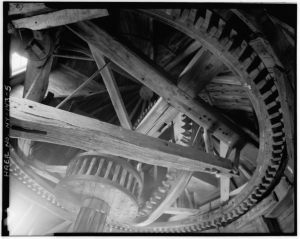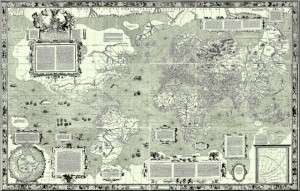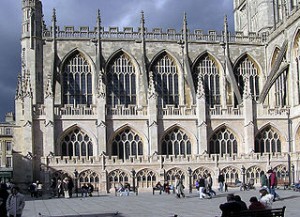
The HurriQuake
Disaster-proofing homes is not something you want to skimp on, especially if you’re living somewhere with tornadoes, earthquakes, hurricanes, or door-to-door encyclopedia salesmen at six in the morning. Generally speaking, building codes require a certain level of disaster-proofing in new buildings, depending on the area. It’s always better to be safe than sorry.
Disaster proofing can, of course, get pretty frivolous. There really isn’t a particularly compelling reason to install blast-proof wallpaper in your average suburban home in America (anyone who lived through part of the Cold War remembers bomb shelter advertisements).
One technical advancement that I do find pretty worthwhile, however, is the HurriQuake nail. (Engineers should never get to name things.) This is a bizarre-looking cross between a nail and a screw, and it’s specifically designed to withstand extreme amounts of stress, from causes ranging from high wind to earthquakes. It actually won Best Innovation of the Year from Popular Science in 2006.
The nail is actually so strong that the boards the HurriQuake nail is hammered/screwed into usually fail before the nail does. And it’s cheap enough that it only drives up the cost of houses by a few dollars.
That’s not to say the HurriQuake nail is perfect. If you put one in the wrong spot, good luck getting it out. The same spikes that keep it lodged in boards—even under extreme force—are largely capable of resisting much more force than you can apply.
 Of course, fancy nails alone aren’t enough to disaster-proof a house. You’ve got to design the whole building, foundation to roof, with that goal in mind. It’ll cost more and take more work, too, but this is a key part of designing a house to fit the environment it’s in. Which is one reason you see so many antique houses outlasting suburban cookie-cutter houses.
Of course, fancy nails alone aren’t enough to disaster-proof a house. You’ve got to design the whole building, foundation to roof, with that goal in mind. It’ll cost more and take more work, too, but this is a key part of designing a house to fit the environment it’s in. Which is one reason you see so many antique houses outlasting suburban cookie-cutter houses.



